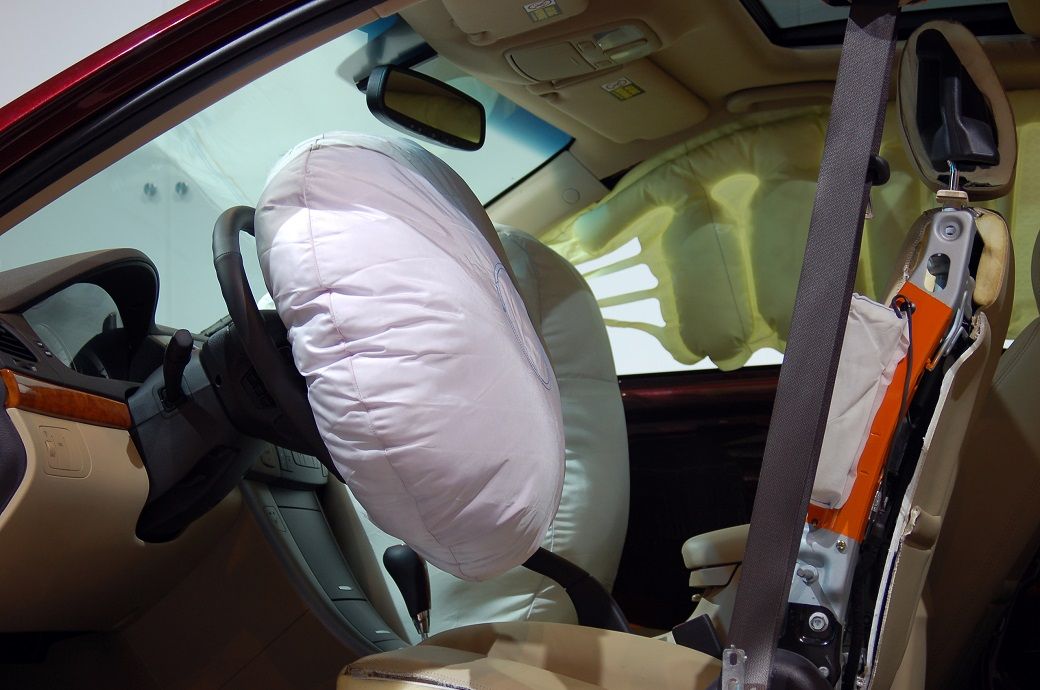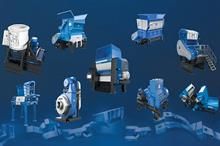
The airbag industry is one of the fastest growing auto component segments and is expected to benefit from the increase in content per vehicle arising from higher regulatory requirements and voluntary increase in the number of airbags per vehicle for enhancing safety, ICRA said in a media statement
Earlier, only one airbag per car (driver airbag) was mandatory from July 2019. This increased to two airbags (dual front airbags) for category M1 vehicles (vehicles that can seat up to eight passengers and weigh less than 3.5 tonnes) manufactured from January 1, 2022.
Currently, for M1 category vehicles that are going to be manufactured from October 1, 2023, two side airbags and two side curtain airbags have been mandated, for preventing torso injury for people occupying front row outboard seating positions and prevent head injury for people occupying the outboard seating positions.
“The mandatory content per vehicle for airbag manufacturers is expected to rise from ₹3,000-4,000 currently to ₹8,000-10,000 by October 1, 2023. The average number of airbags per car sold is about three currently, and this is expected to increase significantly post the mandatory implementation of six airbags per car from October 1, 2023. The cost for OEMs could increase further depending on modifications required in cars’ structural changes and deployment of additional sensors,” said Vinutaa S, vice president and sector head, ICRA.
Inflators form about 50 per cent of the total cost of airbags, while cushions and other components form the remaining. The industry currently imports 60-70 per cent of its components, primarily from overseas parents/joint venture partners, stemming from the lack of indigenous technological capability and absence of adequate volumes. Unless there is adequate backward integration for the incremental airbags expected to be produced, the import content would only increase further going forward.
“There is immense scope for localisation and development of the tier-II vendor ecosystem in this space and increasing volumes could make this economically viable. It can improve margins through greater value addition and ease supply-chain challenges for airbag manufacturers,” added ICRA.
Airbag component manufacturing is a part of the PLI scheme, for facilitating increase in indigenous manufacturing. Given the potential for multi-fold increase in airbags volumes, most airbag manufacturers are in the process of localising key components.
“Capacity building in the next one year is critical to meet regulatory requirements in a timely manner. Several players have started undertaking capacity enhancements in the last 6-8 months to gradually scale up their facilities, and ICRA expects a capex of ~ ₹1,000-1,500 crore in the next 12-18 months for capacity enhancements and localisation measures,” added Vinutaa.
Fibre2Fashion News Desk (NB)

